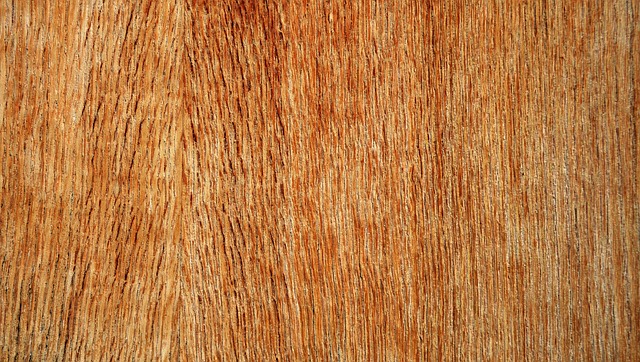Covering exposed edges of plywood with self-adhesive veneer edge banding is a convenient and inexpensive way to improve the appearance of the material. This method gives plywood a more finished look, resembling a solid board, without the need for expensive alternatives. In the following steps, we will explain how to apply the edge banding using a regular household iron.
Do you have the intention to conceal the exposed edges of plywood when working on your woodworking projects? Acquire the knowledge of completing plywood edges using veneer edging through this straightforward tutorial. By following these step-by-step instructions, you can effortlessly achieve a polished appearance by concealing the unfinished edges of plywood.
Plywood is a cost-effective and user-friendly material for woodworking tasks; however, its exposed edges may give it an incomplete appearance. To achieve a more polished result, veneer edging or edge banding (also known as edge tape) proves to be an excellent choice for finishing the plywood edge prior to painting or staining.
Plywood
Both plywood and MDF wood are alike in the way they are produced, as they involve the binding of various wood products. Plywood is formed by gluing together thin layers of wood veneers, along with other binders such as resin.
The process of layering plywood allows it to be a durable choice that is less prone to warping since the veneers are typically rotated during the gluing process. This rotation, known as “cross graining,” decreases the likelihood of warping, splitting when nailed, and minimizes the natural expansion and shrinkage that unfinished plywood may exhibit.
When purchasing lumber, plywood is a cost-effective choice compared to hardwood alternatives. Additionally, plywood is available in sizable sheets such as 2 feet by 4 feet and 4 feet by 8 feet, making it convenient for projects requiring substantial wooden surfaces like cabinets.
What is edge banding for plywood
The lines that are visible on the edge of plywood panels are the veneers, which resemble the pages on the side of a book. These exposed edges of raw plywood reveal the various layers of wood species that were bonded together.
You have the option to either embrace the layers, like this retro entryway bench does, or cover them up if that’s what you prefer.
Edge banding is the solution for giving plywood a finished appearance by covering its outer edges with an adhesive veneer. This adhesive veneer eliminates the visibility of the material’s layers. To activate the adhesive, a household iron is used.
When we made our bedside table, we utilized edge banding which proved to be very effective. It expertly smoothed the cabinet edge, resulting in a polished surface that was both snag-free and well-finished.
1. Measure each edge and cut edge banding to size
To begin, measure the size of the plywood edge that you intend to cover. Subsequently, unroll the banding and cut it to the appropriate size using a utility knife. We suggest trimming the piece slightly larger than the required dimensions.
By applying heat and trimming, you can make the text less cumbersome and easier to work with, while still maintaining the same meaning. Avoid adding new information or removing any existing information.
2. Trim the Veneer
3. Clamp the Board in Place
4. Position the Veneer
5. Press the End in Place
6. Finish Adhering the Veneer
Make sure that the banding adheres to the furniture. Once the glue is activated, there is a 30-second window to make adjustments to the banding before it sets. Therefore, it is important to make any necessary adjustments promptly.
Slowly and gently go back along the edge of the plywood with the iron, ensuring that the entire length of the veneer adheres properly. It may be necessary to repeat this process a few times. Apply light pressure, similar to ironing clothes, and there should be no need for excessive force.
To prevent burning the wood, ensure that the iron keeps moving and does not stay in one spot for too long.
When dealing with spaces situated between other sections of banding, such as a horizontal shelf border, employ the identical procedure and cautiously eliminate any surplus material, making sure not to unintentionally slice into the pre-existing banding pieces that have already been affixed.
7. Press the Glue in Place
8. Trim the End
To ensure all sides are covered, proceed to gently utilize a sanding block or sandpaper for achieving smoothness. In order to avoid detaching the edge banding, refrain from sanding against the adhesive. Direct the sanding motion downwards, towards the plywood edge.
